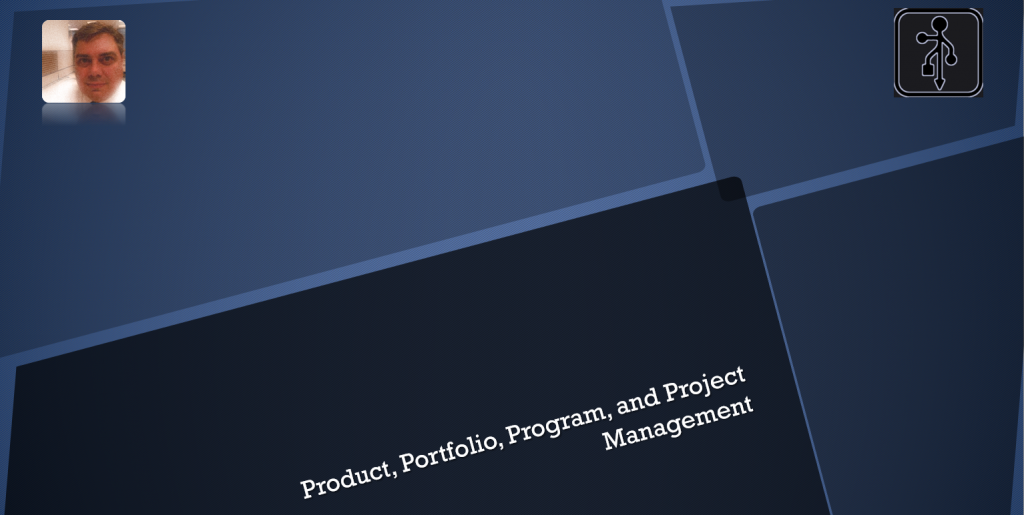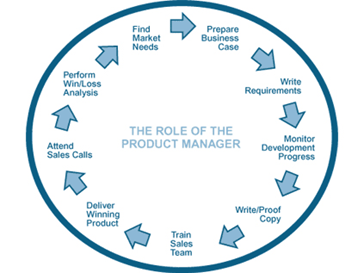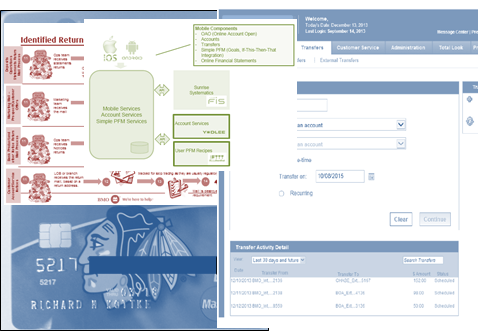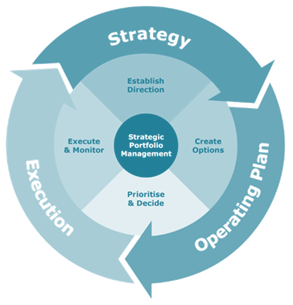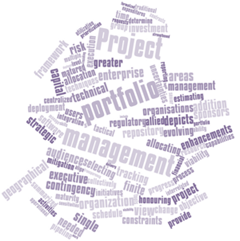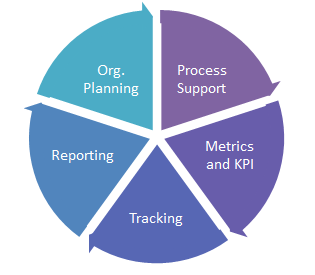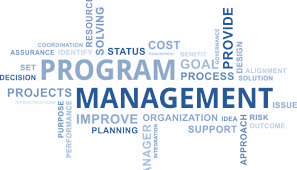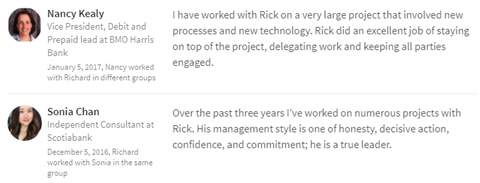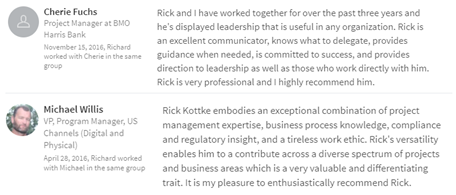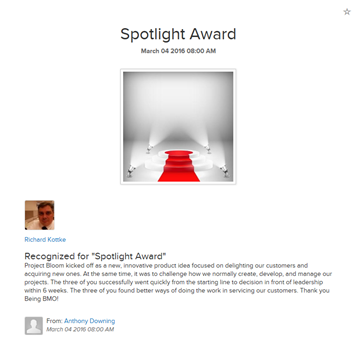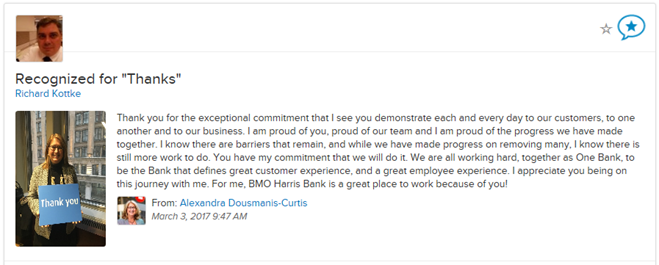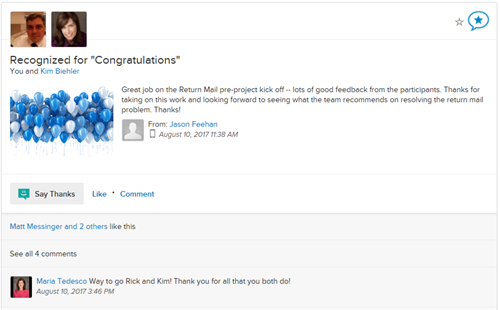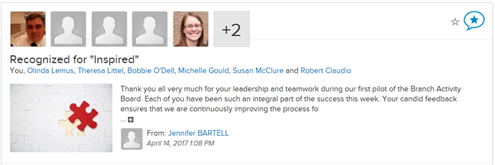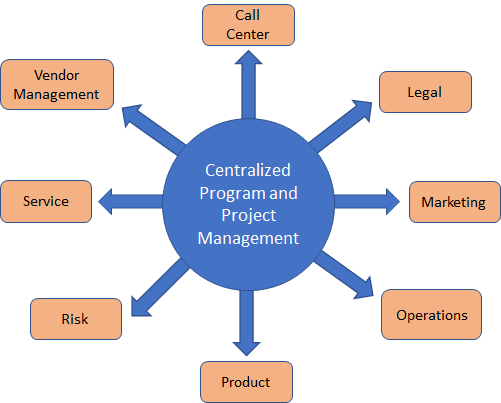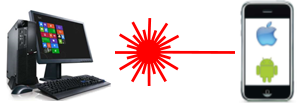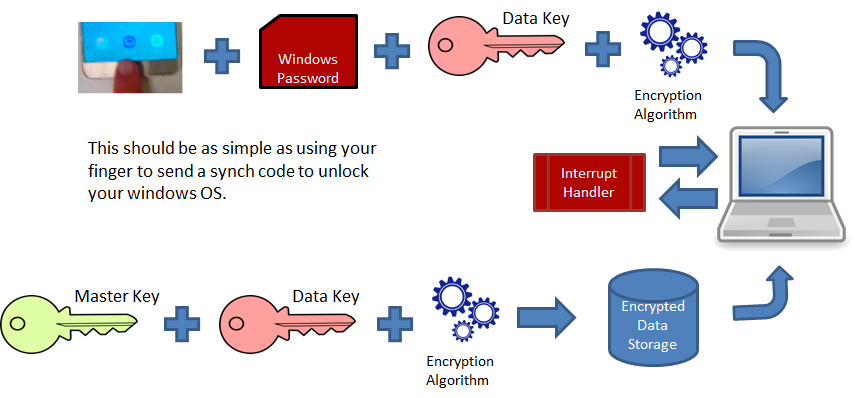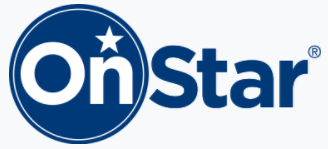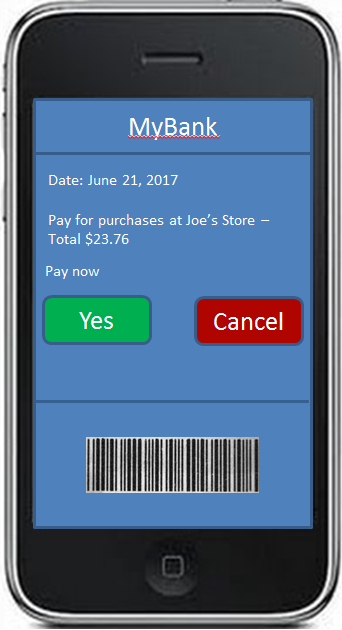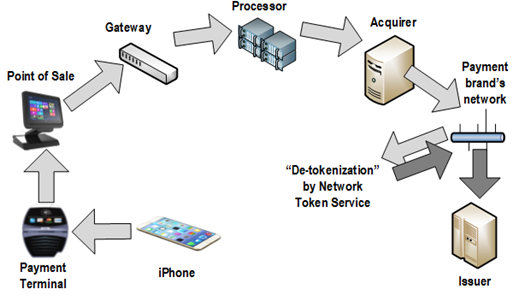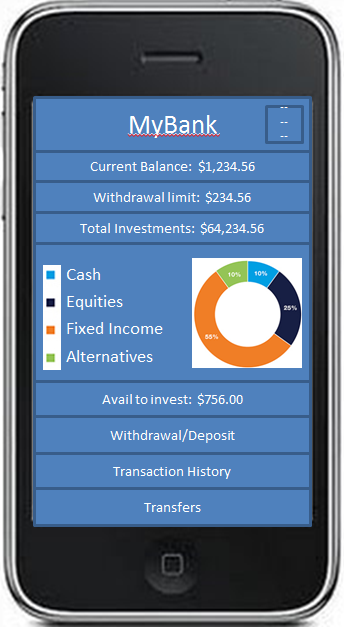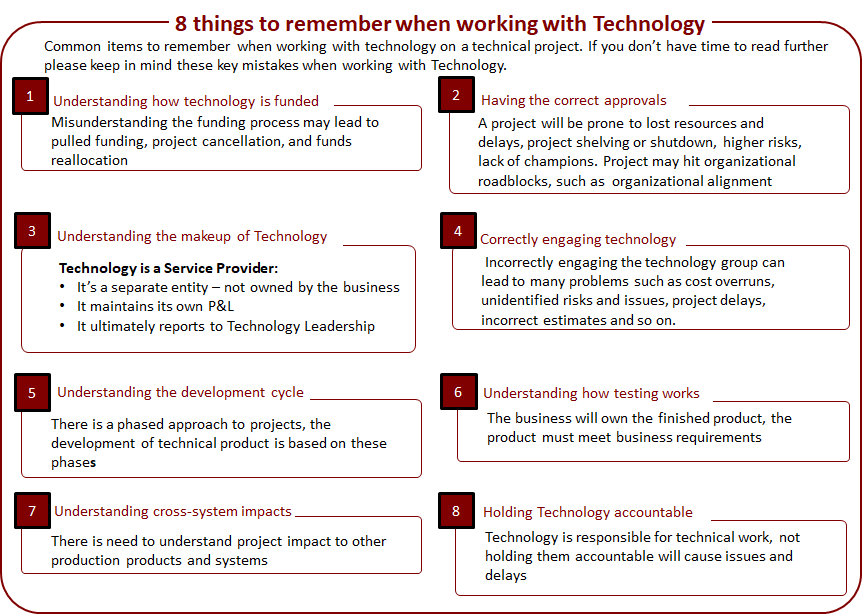If you are in the medical profession you are most likely on the front line with first responders — the guardian angles that work extremely hard to keep us healthy! For the rest of us, we continue to manage projects.
I, along with most Americans, find myself in very unfamiliar water. With a pandemic seizing our country, an unemployment rate as high as 14 percent with 20 plus million people out of work, and an economy that is in recession, there seems to be no chance of a turnaround in the near future. So, what do great project managers do during this type of crisis?
Although there are a lot of jobs listed on social media and jobs sites, the business in my area of expertise are replying with messages such as the following, “Unfortunately, due to unforeseen business circumstances, hiring for this position has been cancelled.”
My background is in program, project, and product management, manufacturing, software development, consulting, and the finance industry. So what do great project managers do during a pandemic or crisis?
Outside of collaboration on possible new business, self-development, non-profit, or academic projects with others, friends, and colleagues, I have endeavored to tackle, learn from, and complete projects outside of my background industries! Great project managers can manage projects in any industry, from finance, to medical, and to construction. As proof of this, I offer a few projects that I managed outside of my normal areas of expertise during the pandemic. I am a great project manager!
Project One (Boat pad retaining wall)
Problem to be solved – The boat pad was built two years prior with the intent to allow me to store and work on the boat when the boat was out of the water. It was on the side of the house which allowed for easy access to the boat and trailer, but it proved was difficult to work on as there was little room between the boat and the forest. Also, this forest side had small hill which dumped mud onto the pad when it rained.
Requirements
The list of requirements include and must:
- Set back 4 to 5 feet from the existing boat pad
- Made up of a strong enough material to hold back three to four feet of soil and forest
- Keep dirt and debris off boat pad
- Look pleasant and appealing
Budget
Sponsor allocated 750 dollars to the project or about half the expected cost of hiring a vendor to complete the project.
Project forecast
The budget was based on the following numbers:
Estimated Project Cost (If a vendor is used to complete the project)
| Qty | Unit | Description | Price | Extended |
| 10 | Bags | Paver base | 2.5 | 25.00 |
| 300 | lbs | Backfill | 0.89 | 267.00 |
| 10 | bags | Leveling sand | 2.45 | 24.50 |
| 105 | ea | Bricks | 1.4 | 147.00 |
| 22 | ea | Caps | 1.8 | 39.60 |
| 8 | Tubes | adhesive | 8 | 64.00 |
| 25 | hrs | Labor | 40 | 1000.00 |
| $1,567.10 |
Milestones
| Milestone | Included Activities |
| Area Identification | Mark area, call Julie |
| Purchase Material | Calculate needed material, Setup Delivery |
| Excavation | Digging, picking, sawing, leveling, removing |
| Foundation | Prep, leveling, placing |
| Wall Build | Pattern decision, laying bricks, cutting |
| Caps | Cutting, pattern decisions, placing |
| Backfill | Digging and filling, planting |
Risks and Issues
| Short Description | Type | Description | Impact | Decision |
| Tree Roots | Issue | During excavation a tree root was found in foundation path | Critical | dig 6 inches back and around root and cut root |
| Boulders | Issue | During excavation a 3ft boulder was found in foundation path | Critical | Remove 450 pound bolder |
| Lot Line | Risk | Risk of building the retaining wall over the property lotline | High | Confirm lotline location |
| Buried lines | Risk | Risk of hitting a buried cable during excavation | Critical | Contact Julie to locate buried cable |
Project Completion

Actual Project Cost
| Qty | Unit | Description | Price | Extended |
| 10 | Bags | Paver base | 2.3 | 23.00 |
| 300 | lbs | Backfill | 0.5 | 150.00 |
| 10 | bags | Leveling sand | 2.3 | 23.00 |
| 105 | ea | Bricks | 1.4 | 147.00 |
| 22 | ea | Caps | 1.8 | 39.60 |
| 10 | Tubes | Adhesive | 7 | 70.00 |
| 25 | hrs | Labor | 0 | 0.00 |
| $452.60 |
Project completed under budget and on time, another project well done!

Project Two (the Garden)
Problem – Garden is too large for a working family to manage. There are too many critters eating the garden, it is overgrown with weeds, and small trees. The garden is completely unmanageable by the owners. The garden required an entire rethink and redo.
Requirements
Working with the sponsor and other stakeholders it was determined that a self-contained which could provide a minimal, viable product for growing organic fruits and vegetables with as little maintenance as possible for a busy lifestyle was desirable. Working with all stakeholders, it was determined that a small greenhouse would be the proper solution to complete this project.
- Current garden and fencing must be removed
- Temporary garden sites must be erected for 2020 garden
- Greenhouse must be secured to a stable foundation
- Site location must be marked and approved by stakeholders
- Greenhouse floor is expected to be filled with organic material that resists weeds
Budget
Sponsor allocated 900 dollars to the project as a gift to her spouse for his birthday and Father’s Day.
Project Forecast (if a vendor is used to complete)
| Qty | Unit | Description | Price | Extended |
| 4 | ea | 4 x 4 lumber | 45 | 180.00 |
| 2 | Yard | Gravel | 50 | 100.00 |
| 4 | ea | Masonry bolts | 2.45 | 9.80 |
| 1 | ea | Greenhouse | 600 | 600.00 |
| 2 | ea | 8″ deck footing | 1.8 | 3.60 |
| 6 | ea | Quick set cement | 7 | 42.00 |
| 60 | hrs | Labor | 40 | 2400.00 |
| $3,335.40 |
Milestones
| Milestones | Included Activities |
| Fence removal | Remove small trees and dig out roots. Dismantle old fencing. |
| Greenhouse Purchase | Review product in expected size, quality, and price |
| Purchase Material | Locate and purchase greenhouse and foundation material |
| Excavation | Digging, site identification, picking, sawing, leveling, removal |
| Foundation | Prep, leveling, placing, and installation |
| Build | Erect purchased greenhouse |
| Fill | Fill in floor and foundation with gravel |
Risks and Issues
| Short Description | Type | Description | Impact | Decision |
| Bird Nests | Issue | A cardinal built a nest in one of the trees that was entwined in the garden fence | Critical | Cut fence around the tree. Leave tree alone until birds leave the nest. |
| Impact to established plants | Issue | Grapevines and berry bushes are established, must not be harmed | Critical | Site location must be approved. |
| Greenhouse placement | Risk | Risk of reduced sunlight during various times of the year | High | Study solar location for spring, summer, and fall months for optimal location. |
Project Completion

Actual Project Cost
| Qty | Unit | Description | Price | Extended |
| 4 | ea | 4 x 4 lumber | 45 | 180.00 |
| 2 | Yard | Gravel | 50 | 100.00 |
| 4 | ea | Masonry bolts | 2.45 | 9.80 |
| 1 | ea | Greenhouse | 600 | 600.00 |
| 2 | ea | 8″ deck footing | 1.8 | 3.60 |
| 6 | ea | Quick set cement | 7 | 42.00 |
| 0 | hrs | Labor | 40 | 0.00 |
| $935.40 |
Project completed at close to budget. All risks and issues were mediated and closed prior to completion. Phase 1 of this project is complete, but phase 2 and 3 are to be completed in subsequent years.
Project Three (Patio extension)
Problem – The original deck to the back of the house was built over a hill that would not grow any type of vegetation due to lack of sunlight. Plus, every time it rained a couple of issues would arise to the deck and the walkout patio below. The ground underneath the deck eroded, spilling mud on the deck below and exposing the deck foundation; this could eventually cause a weakness to the structure of the deck! Plus the mud ended up on the current, existing paver patio which houses a hot tub; this was a muddy mess.
Although there are several solutions to the problem. The request of the sponsor was to create a three-tiered retaining wall and an extension to the paved patio. My part of this project is to manage and complete the extended patio.
Requirements
- New pavers must be a close match or complement the existing patio pavers
- New area will cover entire dirt and pea gravel under the deck on the lowest level
- Costs to be kept to a minimal
- Pavers must border up to retaining wall and be a level surface
Budget
Total budget for the project is estimated at $2,000 if a vendor is used to complete the project. This was based on the following estimated costs.
| Qty | Unit | Description | Price | Extended |
| 20 | Bags | Paver base | 5 | 100.00 |
| 20 | bags | Leveling sand | 5 | 100.00 |
| 78 | ea | Bricks | 1.4 | 109.20 |
| 1 | ea | Bonding Sand | 40 | 40.00 |
| 40 | hrs | Labor | 40 | 1600.00 |
| $1,949.20 |
Milestones
| Milestones | Included Activities | |
| Confirm site | Confirm the size and placement of the patio, notify JULIE | |
| Purchase Material | Locate and purchase patio material | |
| Excavation | Digging, site identification, picking, sawing, leveling, removal | |
| Fill | Paverbase and leveling sand | |
| Level | Level area for pavers | |
| Placement | Placement and cutting | |
| Seal | Add bonding sand and seal |
Risks and Issues
| Short Description | Type | Description | Impact | Decision |
| Utility Placement | Risk | Possibility of buried cable or other items | Low | None found |
| Existing Obstacles | Risk | Existing patio and hot tub | Low | Existing items were not a hindrance |
Project Completion
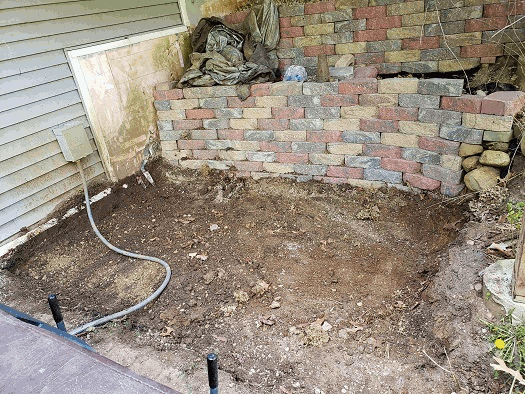
Since the work was completed in-house the labor estimate was eliminated and saved us about $1,600 dollars and cutting the estimated costs by about 90%.
Actual Cost
| Qty | Unit | Description | Price | Extended |
| 20 | Bags | Paver base | 2.3 | 46.00 |
| 20 | bags | Leveling sand | 2.3 | 46.00 |
| 78 | ea | Bricks | 0.7 | 54.60 |
| 1 | ea | adhesive | 30 | 30.00 |
| 40 | hrs | Labor | 0 | 0.00 |
| $176.60 |
Conclusion
The above projects are only a few examples of the projects that I have completed or continue to work on as I look for new corporate, software development, or manufacturing opportunities. Although I have been impacted by the latest economic recession and a 100 year pandemic, I continue to do what great Project Managers do; projects! It doesn’t matter what industry the project is in, I have a proven track record of successfully completing projects, programs, and products that I have managed. I am a thinker, a doer, and a go-getter. I can successfully manage any program, project, or product in any industry.
I am the great person that you want to manage your projects, programs, or products!

